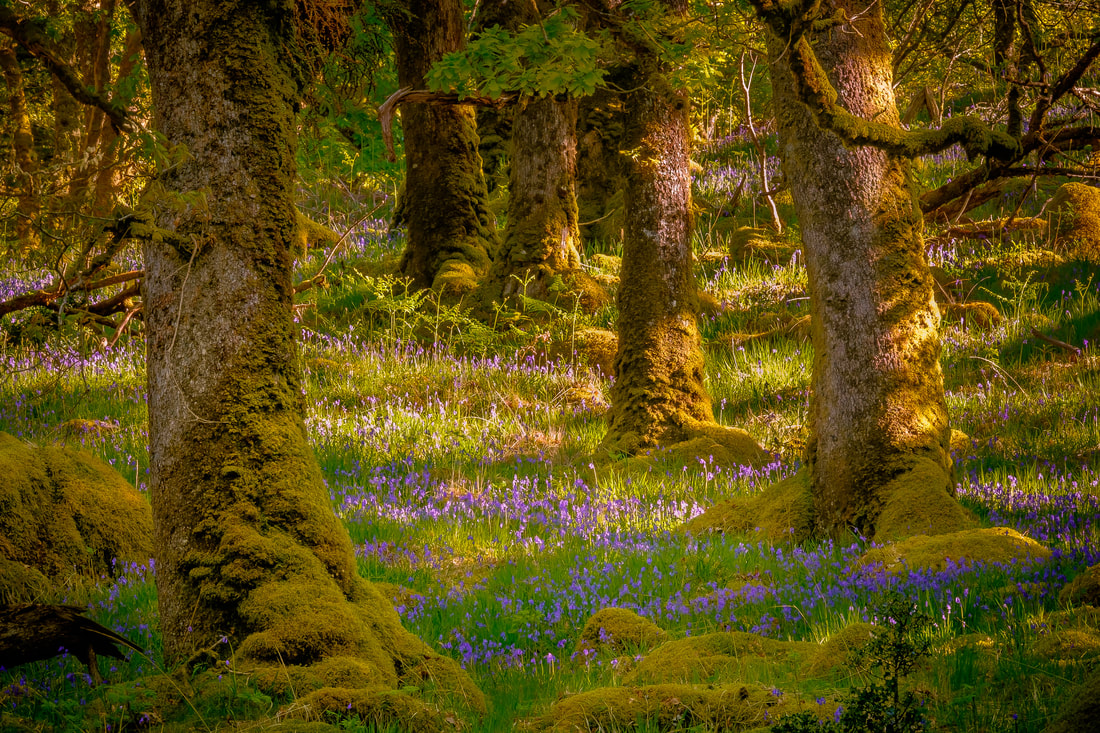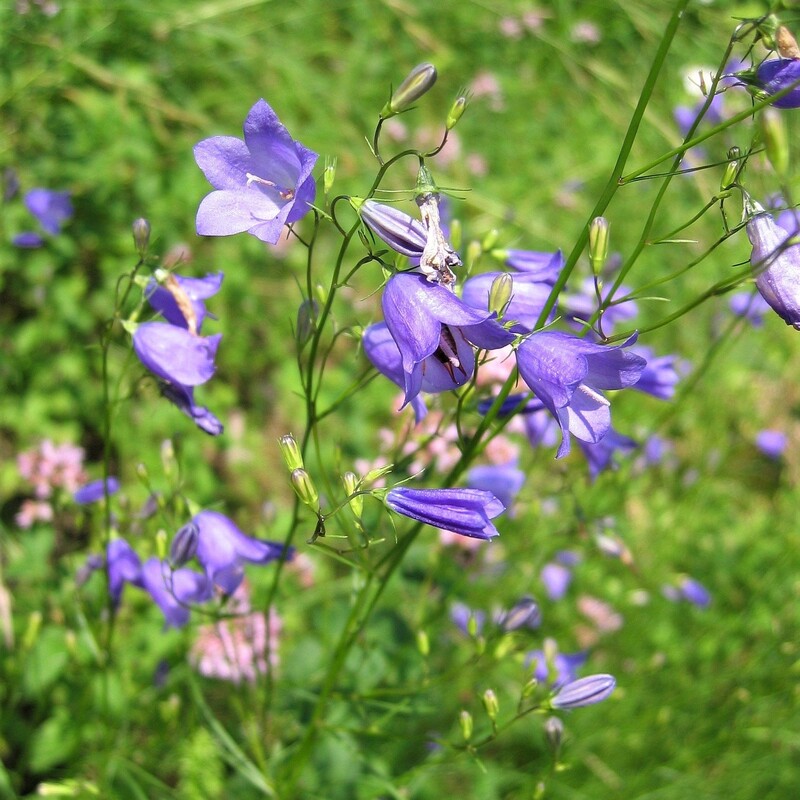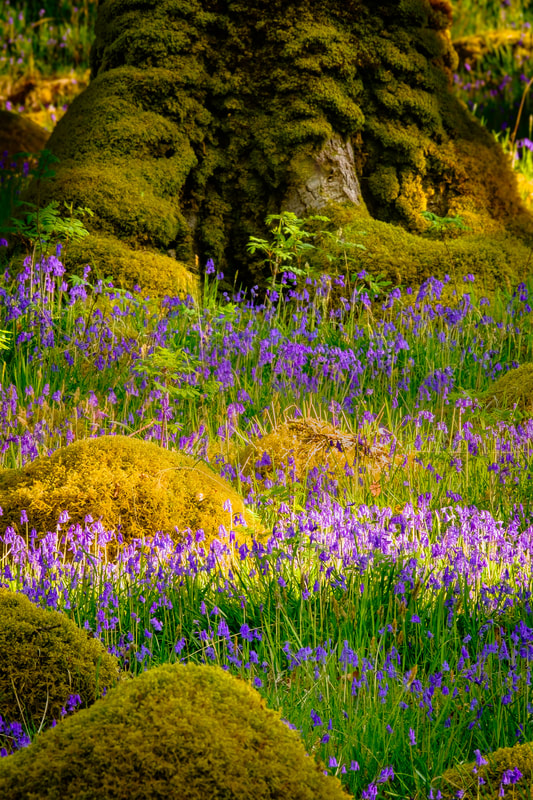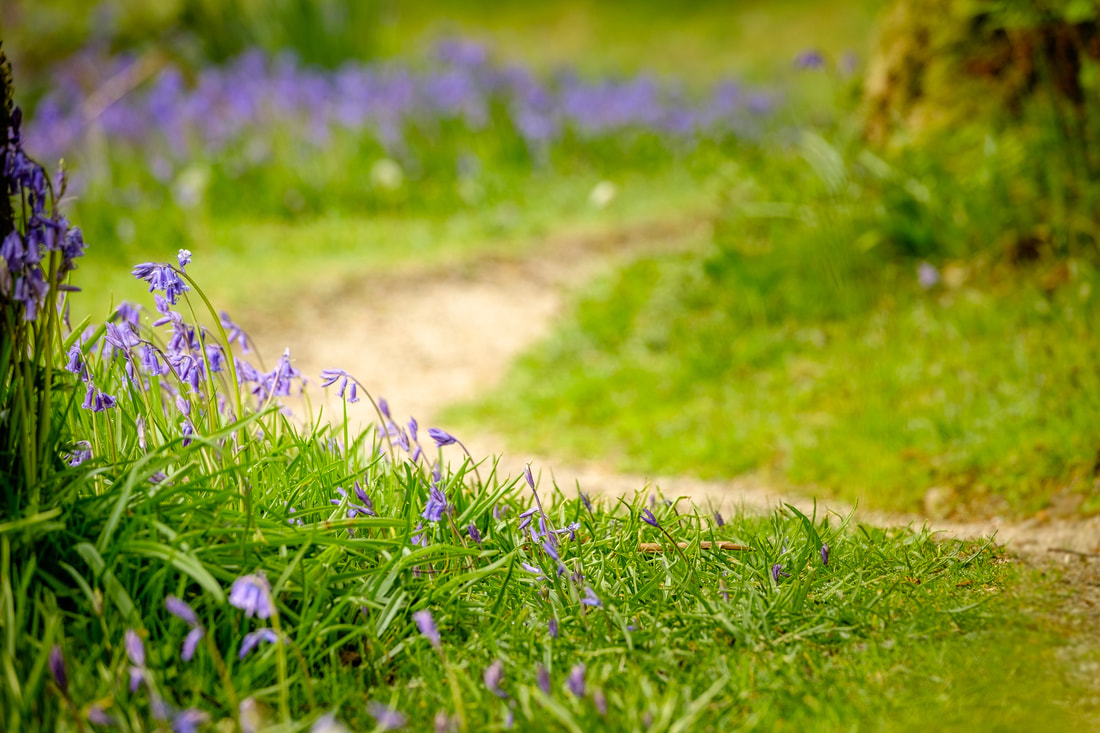|
My seventh Spring of living here on the Peninsulas has come to an end and I find myself reflecting on something that never ceases to mesmerise me during late May and early June each year. It is the sight of the delicate blue coloured, bell-shaped flowers of the bluebell creating intense blankets of colour in the woodlands, on the hillsides and along the verges throughout the length and breadth of the Peninsula. However, are these really bluebells I am seeing in this incredible wildflower spectacle, or are they something else? Well, it seems that these little plants that spend most of the year as bulbs underground in our woodlands and hillsides, are what botanists call ‘wood hyacinths’ or “Hyacinthoides con-scripta” and have been given the common name of “English Bluebell” because their flowers are indeed blue, and they are indeed shaped like a bell. What about the Scottish Bluebell though? Well, do you remember Scottish Bluebell Matches and the delicate blue and bell-shaped flowers on the matchbox? These are completely different from the “blue bells” on the plants in our woodlands. They are in fact “Campanula rotundifolia”, a creeping, rooted perennial that flowers from July to September and more commonly known as the Harebell. It favours dry, grassy places, so you will find it in the dry land around our sandy beaches as opposed to in our damp, shady woodlands. Many English Bluebell tales involve dark fairy magic with bluebell woods being portrayed as scary, forbidding places that should be avoided. For example, if you do enter a bluebell wood, you should never pick or step on a bluebell for fear of breaking a spell that a faerie has hung on one of the flowers. If you do break a faerie spell, they will get extremely upset, seek you out and enchant you in such a way that you would be drawn further into the woods to wander lost for evermore. Folklore says that you also need to be careful with the Scottish Bluebell because its common name is rooted in magic. Some say that the name “Harebell” was given to the flower because witches would turn themselves into hares and hide among them. It may also be the reason why the names Witch's Thimbles and Witch Bells were used for the flowers.
So, there you have it. Hyacinths or Harebells? English Bluebells and Scottish Bluebells? Different plants linked by a common name and a whole lot of myth and legend, both of which you should not damage for fear of being visited by angry faeries, witches or indeed, the Aul’ Man himself.
2 Comments
|
AuthorHi, Archives
July 2024
Categories
All
|
Steven Marshall Photography, Rockpool House, Resipole, Strontian, Acharacle, PH36 4HX
Telephone: 01967 431 335 | Mobile: 07585 910 058 | Email: [email protected]
Telephone: 01967 431 335 | Mobile: 07585 910 058 | Email: [email protected]
All Images & Text Copyright © 2024 - Steven Marshall - All Rights Reserved







